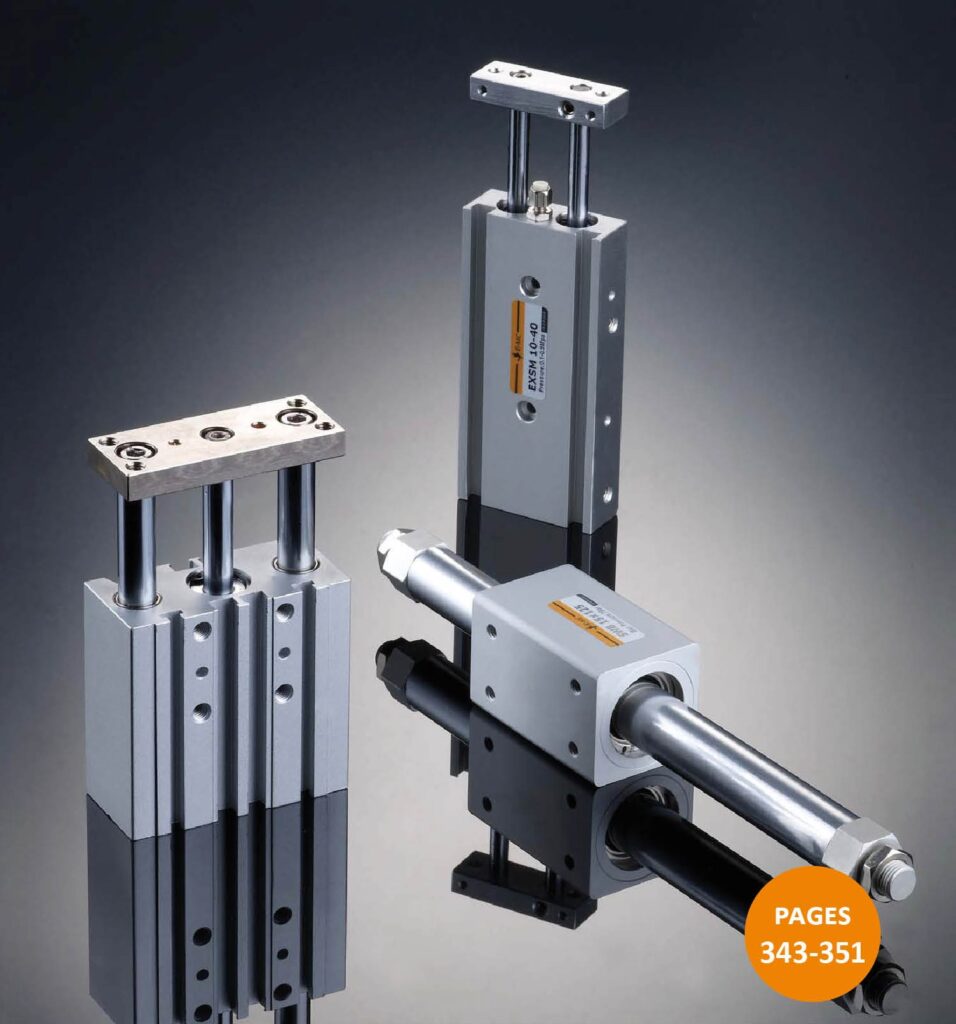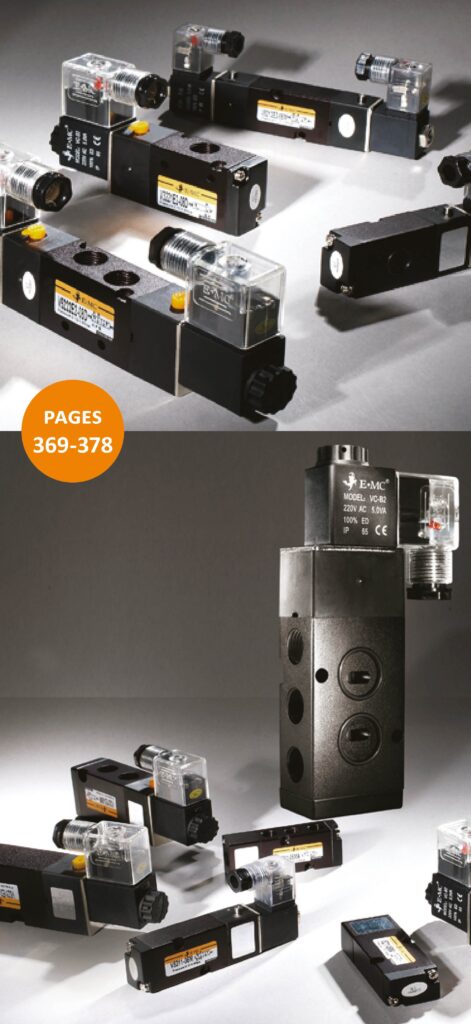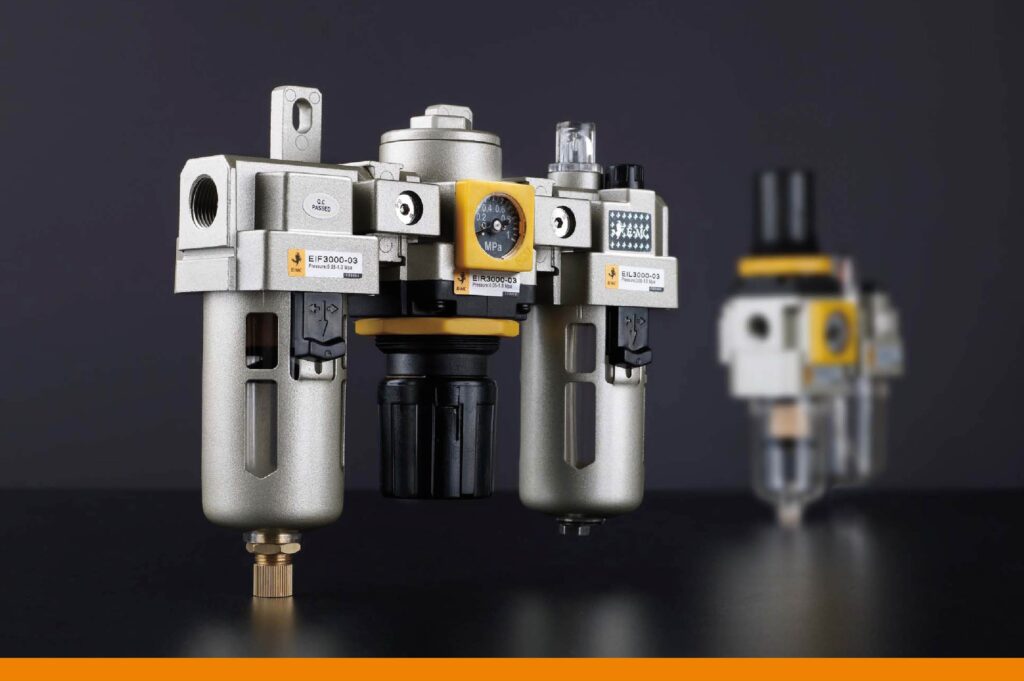
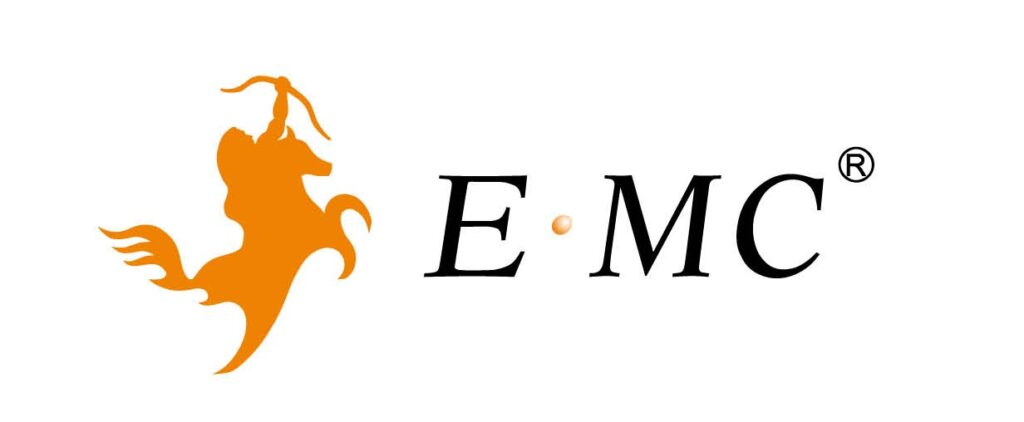
Product Range
Tom Parker Ltd stock a wide range of competitively priced E.MC products for pneumatic applications. This blog is a quick guide to our E.MC products, which can be found in our latest fluid power product catalogue.
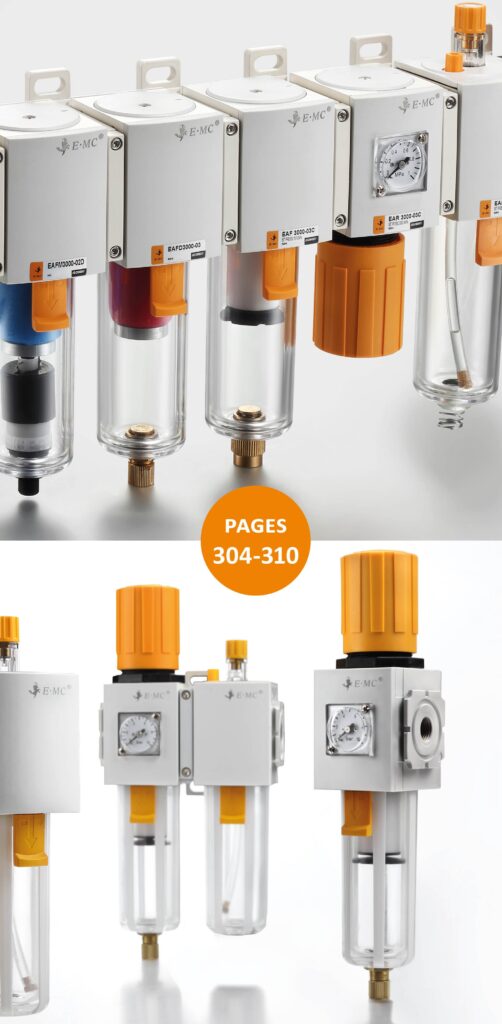
Air Preparation – E.MC FRLs
E.MC’s filter-regulator-lubricator assemblies are designed to be easy to assemble and durable, with high flow rates. These FRLs are built to be reliable and robust, with a modular construction. Recent advancements in the regulator mechanism have made it more sensitive, allowing better control and ensuring the system operates at optimum pressure.
FRLs can be purchased as fully assembled units, or users can assemble their modular units using connectors and wall mounting kits. All units have undergone rigorous pressure testing and inspection to ensure quality.
The EA Series features a manual drain, while the E Series offers manual and auto drain options.
Our range of products includes various accessories such as brackets, gauges, filter elements, and spacers that are available to purchase separately.
Benefits
• Higher flow rates
• Simple assembly and maintenance
• Reduced downtime
Available Ranges
EA Series
E Series
E.MC Pneumatic Cylinders
E.MC provides a wide range of pneumatic cylinders designed for the automation industry. These cylinders come in bore sizes ranging from 10 mm to 125 mm. They are engineered to deliver exceptional performance and reliability, fully enhancing productivity and efficiency.
We offer a variety of cylinder styles, including the ISO 15552/VDMA standard and profile cylinders, compact cylinders, the ISO 21287 compact cylinder, and guided cylinders, with a range of accessories.
Available Ranges
Mini cylinders
Compact cylinders
Guided cylinders
VDMA standard cylinders
VDMA standard profile cylinders
E.MC Pneumatic Valves
Pneumatic valves are crucial in controlling the amount and direction of airflow. They can function as control and safety valves to stop the air supply or depress the system during hazardous situations.
Every valve consists of three elements:
1. A port is an opening with a thread into which a coupling can be inserted. Valves generally have 2, 3, or 5 ports. Two ports are the minimum requirement for powering the valve. The third port is used for exhausting the valve. If five ports are available, it is usually to control a double-acting cylinder.
2. The switching mechanism is contained in a housing, which directs compressed air to the correct working port. Different switching technologies allow for various functions and applications.
3. A controller ensures that the valve switches at the appropriate time. It can be operated manually, mechanically, pneumatically, or electrically.
Available Ranges
• 3/2, 5/2 & 5/3 pneumatically operated valves
• 3/2, 5/2 & 5/3 solenoid valves
• Manual & pneumatically operated valves
• Manual & mechanical valves
• Automatic valves
• 3/2, 5/2 & 5/3 manual & pneumatic valves
• 3/2, 5/2, 5/3 & 4/3 manual & mechanical valves
• 3/2, 5/2 manual & mechanical valves
• 3/2, 5/2 manual valves

